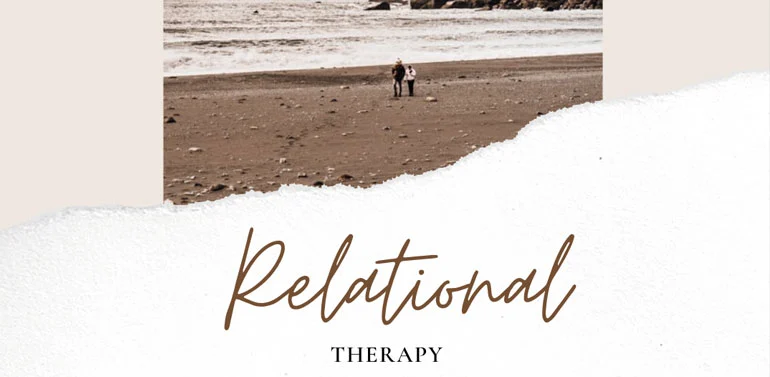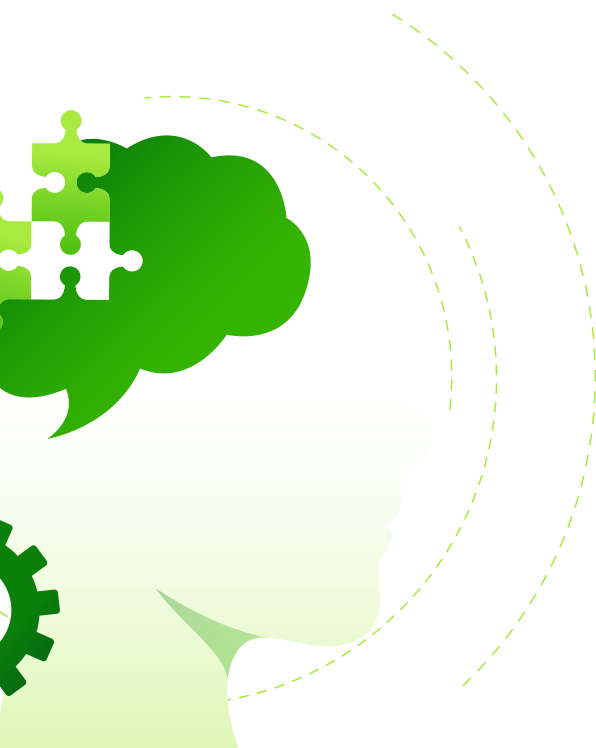Monks Risborough, Bucks, HP27
To book an introductory appointment

There’s an expression in the therapeutic world:
“What occurs inside the room, mirrors that which occurs outside the room.”
This means that the way a person acts and interacts whilst in their session, can tell their therapist much about the client’s real life, between the sessions.
Although when first hearing this you might feel a little daunted, the good news is, that this means the relationship that forms between you and your therapist, can provide an incredible basis for you to explore real-time examples of what it’s like to be you.
The space that forms between people is called intersubjectivity. It’s essentially the result of two or more people, participating in what produces a shared experience. Intersubjectivity is always unique to the people sharing the space, because each person brings themselves and we are all different. Yet our individual contribution will always bring similarities from one space to another because we remain a constant.
For (a very generalised) example, if you are a very quiet, reserved person who harbours a lot of anger, whether you are talking to your father or your therapist, you’ll be bringing elements of that same personality to both spaces. Therefore you’ll show your therapist glimpses into real life interactions with you, because you are there interacting with them.
Because the therapist is a constant within their work, they’ll be able to clearly detect their processes within the intersubjectivity and then identify the influences that belong to you.
From this, they’ll be in a position to gently feedback to you, what it’s like to experience interacting with you. They’d be able to say, with neutrality,
“I notice that you seem quiet and that you are holding back. I’m also sensing there’s an unspoken tension or anger perhaps?”
By hearing these relections in a non-threatening way, you’ll be open to exploring them.
If speaking to your father however,
The therapist’s role in this instance is to repeatedly acknowledge what they notice and gently bring these observations into the conversation. As well as exploring what they see in you, they’ll identify the different responses experienced internally as a result of sharing the intersubjectivity with you, and they’ll draw attention to what they see unfolding between you.
So they might say,
“I’d like to add that I’m really aware that I experience a sense of sadness when I listen to you speak. I’m wondering if there could be a sadness underneath your anger?”
Or
“I’m noticing feelings of frustration as a result of how little you seem to be saying, I wonder if you think others could be experiencing something similar, when you interact with them?”
It’s vital to remember that these are not criticisms. They are direct observations, which if brought out into the open safely, can provide the basis for deeply therapeutic conversation.
For example you might reply with something like:
“That sadness you speak of, hearing you say that, I realise I haven’t laughed for months.”
Or,
“My wife is always complaining that I don’t tell her how I feel. She gets so annoyed with me, always thinking I’m hiding things from her, when really I just feel like my opinions are really worthless.”
As you continue to explore these relational dynamics, your exploration and understanding of self, will get deeper, which paves the way for change.
Relational Therapy requires a degree of bravery, trust and confidence. It’s not easy being confronted with honest feedback about potentially sensitive topics. However if you work in this way you’ll become remarkably self-aware and with time, notably more comfortable with who you are as a person.

No matter where you are based in the UK, Rebecca is only a call or a message away, if you would like to arrange Counselling or Therapy sessions.
Monks Risborough, Bucks, HP27
We take your privacy seriously and will only ever use your personal information to provide details you have requested.
2023 White Barn Therapy | Web Design by JWD Ltd